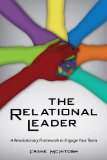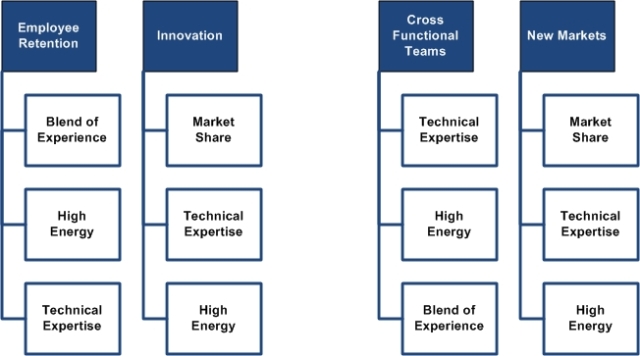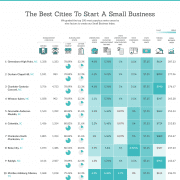Relational Leadership and Employee Retention – A Match, part 1
Even if you do not have an actual figure, most business leaders realize that there is a substantial cost to employee turnover. This series of articles will address relational leadership methods you can employ right now that will tip the turnover scale to your favor.
|
You do not want to stop turnover; you want to control it. Not all your hires will perform as you hope and some people will just naturally burn out. How can you mitigate these circumstances?
Today’s article will address creating a ‘learning – thinking’ organization. I will share a few key thoughts to get you started.
Low turnover and effective recruiting go hand in hand. Your business environment and culture bear heavily upon your ability to attract and retain the best people. The following are some of the significant success factors in building a winning environment. Your people:
- See themselves as growing.
- Feel their contributions – big or small – are valued and recognized.
- Appreciate that significance is placed on building relationships through shared experiences.
- Observe evidence of an overriding commitment to people in the organization.
It’s a great compliment to invest time and money in an individual’s development. A learning – thinking organization will have development plans for the company and personal plans for individuals (based on their strengths) that increase their capacity. The following is an example to improve organizational needs:
- Assess individual and company strengths while also determining the top three or four organizational needs.
- Create a Strength Inventory for the company (see Table 1 below) on a spread sheet.
- Identify top strengths (individual or organization) that can positively impact needs.
- Assemble diverse teams by appropriate strength to address the organization’s needs (e.g. 5 people with technical strengths).
|
Strength Inventory – Sports Stars, Inc. |
||||
| Individual | Strengths | |||
| Ted Williams | Technical* | Disciplined | Analytical | |
| Larry Bird | Competitive | Doer | Adaptable | |
| Bobby Orr | Self-Assured | Developer | Energized* | |
| Tom Brady | Strategic | Communicator | Deliberate | |
| Organization | Strengths | |||
| Sports Stars, Inc. | Blend of Experience* (range of people with different times on job) |
Market Share* | Location | |
* Top 4 Strengths to be used in needs analysis and improvement
Table 1: Strength Inventory Example
In the example below, the organizational needs appear at the top of each column. For illustration there are two strengths from both the organization and the individual. I assigned them to the needs as appropriate. The teams assembled by strength concentrate on improving the need assigned. You will need multiple teams from each strength area. People representing the organizational strengths are selected ‘at large’ and have demonstrated an impact on that strength in their daily work.
Figure 1: Organizational Need to Individual Strength Alignment
The matrix that you have created becomes the key to a functioning thinking – learning organization. It will help you arrive at effective strategic decisions thus maximizing success in your company. The concept of building on strengths is a powerful motivator. People like to do things they do well. By helping them to do them even better, it makes sense that they will begin to contribute to the whole at a much higher level. Also, they will feel a personal commitment to the growth of the business, because it becomes a part of who they are.
A learning structure built on these principles will give you the opportunity to celebrate the contributions of people throughout the organization. You will also create multiple opportunities for meaningful shared experiences resulting in a bond that will give cohesion and a shared will to succeed. Finally, it becomes abundantly clear that leadership is committed, first and foremost to its people.
People in organizations like this do not leave. People who find organizations like this want to get in. This is one example of relational leadership at work; there are many more.
About the Author

(Course Technology PTR, Cengage Learning 2010). During his 36 year career, Frank has worked with many of the most recognized companies and executives in the world. He has provided consulting services for peers across the country and helped initiate Junior Achievement programs in Ireland, the Ivory Coast, Oman, the United Arab Emirates, Bahrain, and Uzbekistan. Frank was inducted into the Delaware Business Leaders Hall of Fame in October 2008, one of 38 individuals so honored and the first not-for-profit executive to receive this distinction in Delaware’s 300 year business history. To read Frank’s complete biography, click here.
For more information regarding this subject, visit Frank McIntosh at his website www.FJMcIntosh.com.












Thanks for good stuff